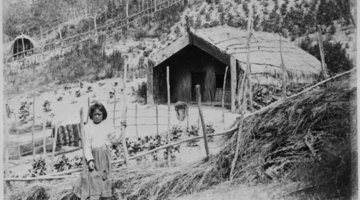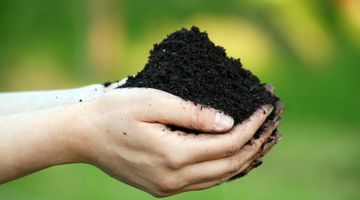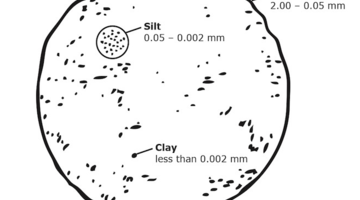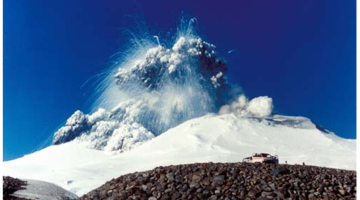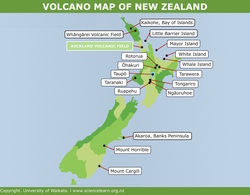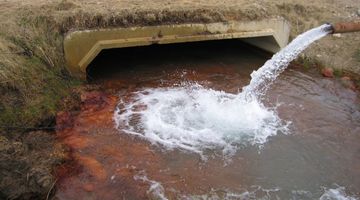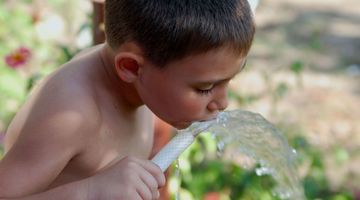Click to add note
Click to add note
Click to add note
This activity uses an interactive graphic organiser to explore student ideas about the components of soil. Use it as an introductory or formative assessment to obtain a clearer picture of student thinking.
Click to add note
Click to add note
Click to add note
Click to add note
Click to add note
Click to add note
Click to add note
Click to add note
Click to add note
Click to add note
Click to add note
Click to add note
Click to add note
Click to add note
Click to add note
Click to add note
Click to add note
Click to add note
Click to add note
Click to add note
Click to add note
Click to add note
Click to add note
Click to add note

